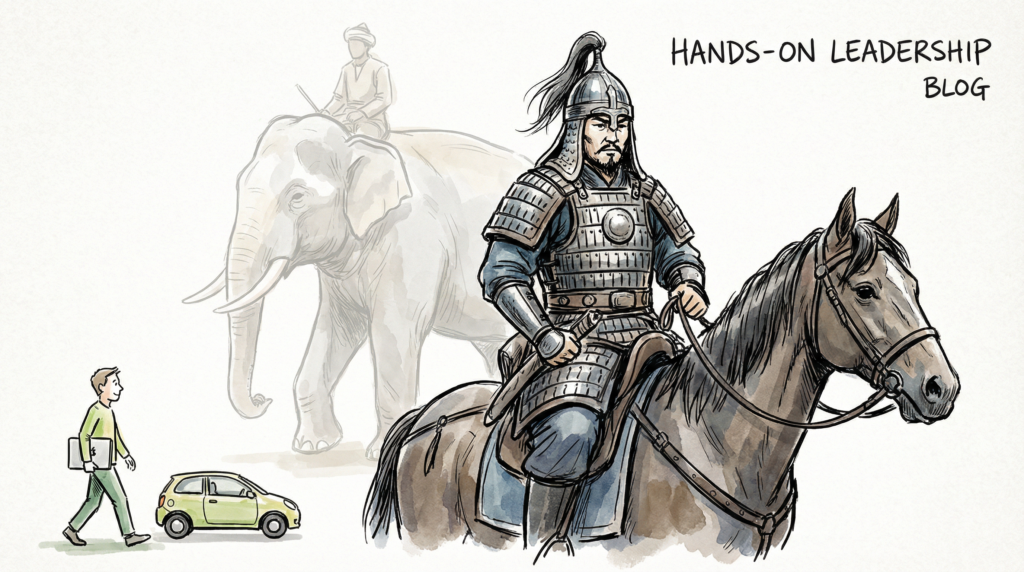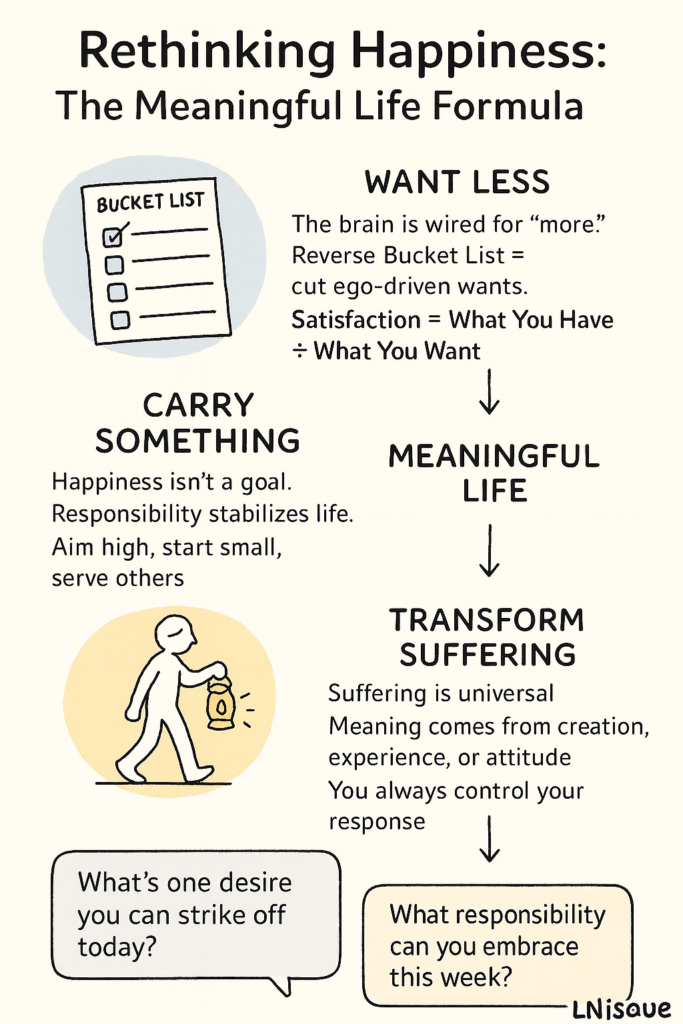
This post synthesizes and builds on Eleanor Warnock’s original article “The Heyday of the Writing-first Practitioner” published in Every (January 8, 2026). The core arguments and examples originate from her work. Read the original article here.
In a world where AI can generate content in seconds, you might think that writing skills have become less valuable. You’d be wrong. In fact, the opposite is happening. According to Eleanor Warnock’s analysis, genuine writers who think through their work are becoming more valuable, not less.
The rise of AI tools like ChatGPT and Claude has commoditized generic content. But it has also made authentic expertise and thoughtful perspective shine brighter than ever. Welcome to 2026—the heyday of the writing-first practitioner.
What is a Writing-first Practitioner?
As Warnock defines it, a writing-first practitioner is someone who writes to think, not just to market. They use writing as a tool for clarity and discovery, developing ideas through the act of putting words on a page. They bring genuine expertise, accumulated judgment, and an authentic voice to their work.
This is fundamentally different from someone who generates content with AI tools without bringing their own thinking to the table.
The Power Players Who Write
According to Warnock’s research, the most successful investors and operators in the world understand this principle deeply:
Fred Wilson, the legendary venture capitalist, started his influential blog back in 2003. Warnock notes that he credits his writing with helping him win deals and refine his investment judgment. His consistent, thoughtful analysis has made him a trusted voice in venture capital for decades.
Julie Zhuo, former VP of Product at Facebook, turned her insights on management into a bestselling book. Warnock points out that she continues to write regularly on Substack, building a community of followers who value her perspective.
Alex Danco, a longtime blogger, was hired by a16z (Andreessen Horowitz) largely because of his public writing, as Warnock documents. His ability to articulate complex ideas earned him a seat at one of the world’s most prestigious venture firms.
Warren Buffett also exemplifies this approach, using clear, direct communication to explain his thinking to shareholders and the public.
These aren’t people who became successful because they wrote a lot—they write because it makes them better thinkers and decision-makers.
Where Writing Creates Disproportionate Leverage
According to Warnock’s analysis, writing isn’t equally valuable in every field. It’s particularly powerful in professions built on expertise and trust. She identifies four situations where writing creates outsized advantage:
1. Results and Track Records Stay Hidden
Warnock explains that in venture capital, it takes a decade to know if someone is a good company picker. An executive coach’s impact on a client’s career might never be shared publicly. In these fields, where results lag behind action, writing becomes an interim signal of competence. It’s a way of saying, “Here’s how I think. Judge me on that.”
2. Profit Opportunities Flow Through Networks
In venture capital and other fields, access to the best deals directly impacts returns. Warnock cites the example of Lulu Cheng Meservey, a communications professional, who raised a $40 million fund partly because her network understood her thinking through her writing. Writing builds credibility and access in ways that resumes never could.
3. Industries Move Fast
In tech and emerging industries, the window to act is short. As Warnock argues, writing forces real-time synthesis. You can’t wait a year to see results—you need to process what’s happening, form a view, and communicate it. This public thinking becomes valuable to peers, investors, and clients who need clarity now.
4. Output is Subjective and Clients Lack Expertise
In design, branding, consulting, and coaching, clients often can’t judge quality directly. They rely on proxies: referrals, reputation, and how someone explains their thinking. Writing establishes the trust that makes someone hireable.
The Article’s Surprising Stance on AI
You might expect an article about writing to warn against AI tools. Instead, Warnock makes a more nuanced argument that surprised many readers: AI tools don’t diminish the value of writing-first practitioners—they sharpen it.
She explains that as AI makes content generation trivially easy, authentic thinking becomes rarer and more valuable. When everyone can generate a blog post with ChatGPT, the ability to write with genuine insight, accumulated expertise, and a cultivated voice becomes a competitive moat.
Warnock specifically notes the paradox: “Writing-first practitioners have always competed on distribution; anyone can start a blog or post on LinkedIn. Now, with AI, they’re competing on production too. As tools like Claude and ChatGPT make it trivially easy to generate content, does the writing-first edge disappear when everyone can write?” Her answer is no—it sharpens.
Can You Be a Writing-first Practitioner While Using AI?
Absolutely, yes—and this is a crucial distinction Warnock makes.
A writing-first practitioner can start with a genuine thought and use AI as a tool to refine, expand, and articulate it more clearly. Using AI to polish your writing, organize your ideas, or find better ways to express your thinking doesn’t disqualify you from this archetype.
The distinction isn’t about avoiding AI. According to Warnock’s framework, it’s about:
- Starting with real thinking, not outsourcing your thinking entirely to a machine
- Bringing genuine expertise and accumulated judgment to your work
- Developing an authentic voice rooted in your perspective
Think of it like a craftsman using modern tools. A carpenter who uses a power saw instead of a handsaw is still a craftsman. Similarly, a writer who uses AI to augment their authentic thinking is still a writing-first practitioner in the sense Warnock describes.
Why 2026 is the Heyday
We’re at an inflection point. For years, as Warnock notes, writing-first practitioners competed on distribution—anyone could start a blog or post on LinkedIn. Now, with AI, they’re competing on production too. Everyone can write.
This is actually good news for genuine thinkers. As the supply of generic content explodes, the demand for authentic perspective soars. Your thoughtful analysis, your accumulated expertise, your real point of view—these are becoming more valuable precisely because they’re becoming scarcer.
The professionals who will thrive in 2026 and beyond, according to Warnock’s thesis, are those who write to think, use tools (including AI) to amplify that thinking, and consistently share their authentic perspective with the world.
The Takeaway
If you’re building a career in a knowledge profession—whether it’s investing, product management, consulting, or coaching—Warnock’s advice is clear: start writing. Not for marketing. Write to think. Develop your ideas in public. Let your authentic expertise shine.
And if you’re worried about AI making your writing less valuable, Warnock suggests you’ve got it backwards. AI is making your authentic thinking more valuable than ever.
The heyday of the writing-first practitioner isn’t ending. According to Warnock’s analysis, it’s just beginning.
Further Reading
For the complete original analysis and more details, read Eleanor Warnock’s full article: “The Heyday of the Writing-first Practitioner” published in Every (January 8, 2026).
Eleanor Warnock is the managing editor at Every and has been a business journalist and editor at the Wall Street Journal and the Financial Times


